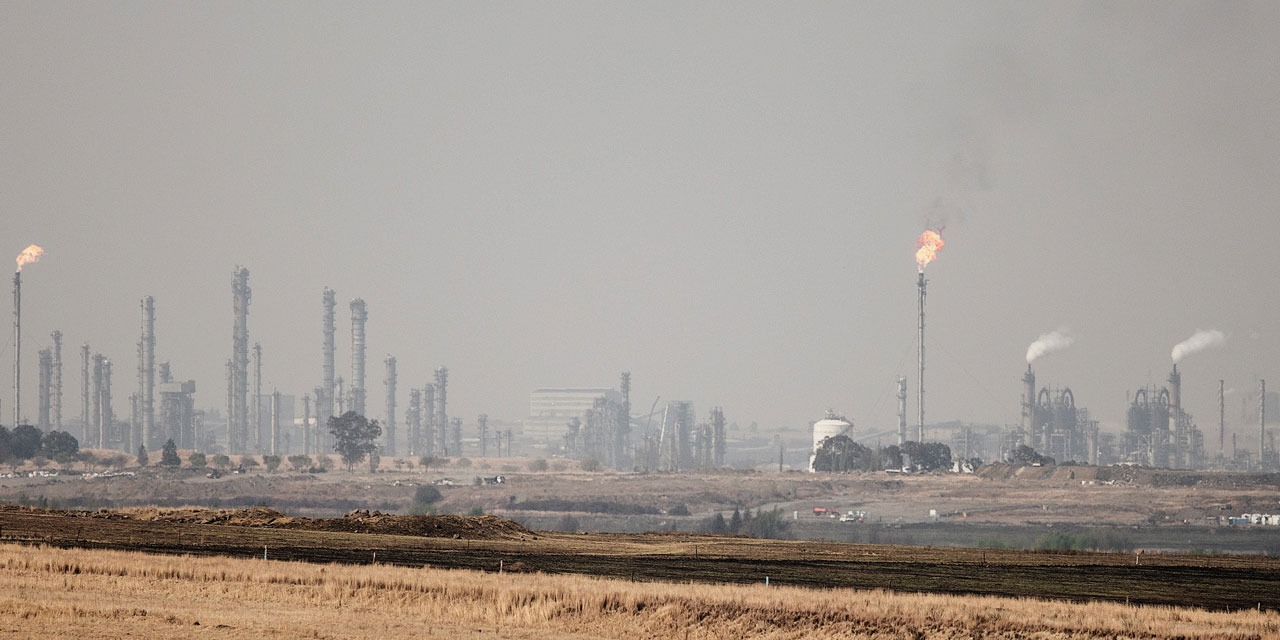6.5 to 7 ° C by 2100. This is the temperature that predicts the worst climate scenario established by a study of French scientists, unveiled Tuesday. Global warming could be worse than expected. Olivier Boucher, a climatologist at the Pierre Simon Laplace Institute and research director at the CNRS, was on Europe 1 to comment on these new estimates. He is also a co-author of the study.
In the most pessimistic scenario, based on rapid economic growth fueled by fossil fuels, the global average temperature rise reached 6.5 to 7 ° C in 2100. In the latest IPCC 2014 report, the worst case scenario was + 4.8 ° C compared to the pre-industrial period.
"It's not too late", however, reassures Olivier Boucher. He continued: "It will be necessary to adapt to the global warming underway in the coming decades, but it will also be necessary to prepare the second half of the 21st century by reducing greenhouse gas emissions as quickly as possible in order to stabilize this phenomenon. global warming".
"An increase in heat waves in number and intensity"
Otherwise, there will be a multiplication of heat waves: "We can expect a continuation of warming with an increase in heat waves, not only in number but also in intensity." There will also be changes in rainfall especially on around the Mediterranean with drying out of these areas ".
Scientists have also submitted their climate models to other scenarios. The most optimistic, based on strong international cooperation and priority given to sustainable development, would "just" stay below the 2 ° C warming target and "at the cost of temporarily exceeding the target of 2 ° C during the century ". This scenario implies the immediate reduction of CO2 emissions, global carbon neutrality in 2060 and atmospheric CO2 uptake of around 10 to 15 billion tons per year by 2100, which is technically uncertain.
The most optimistic scenario also involves major technological innovations. Olivier Boucher explains: "The scenario that makes it possible to approach 2 ° C requires reducing emissions as quickly as possible, with technologies that are there and others not yet, until reaching carbon neutrality in 2060- 2080. Then, we will have to look for CO2 in the atmosphere, this is called negative emissions, capture it and bury it underground with technologies that we have an idea of what they could be but which we do not not sure if they could be scaled up and have an impact on the climate. "
The Paris Climate Agreement of 2015 plans to limit global warming well below 2 ° C, or even 1.5 ° C. The world does not take the path, since the commitments made so far by the States would lead to a warming of 3 ° C. UN Secretary-General Antonio Guterres has called a summit in New York on Monday to call on world leaders to raise their ambitions.

